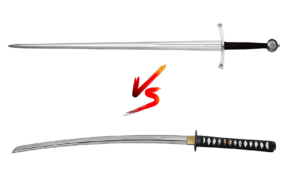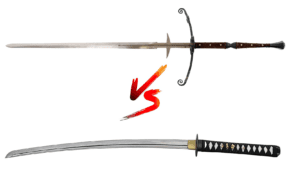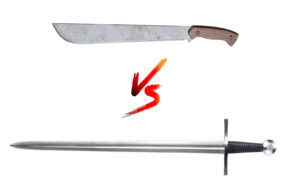Axe vs Sword: Which is the Better Weapon?
NO AI USED This Article has been written and edited by our team with no help of the AI
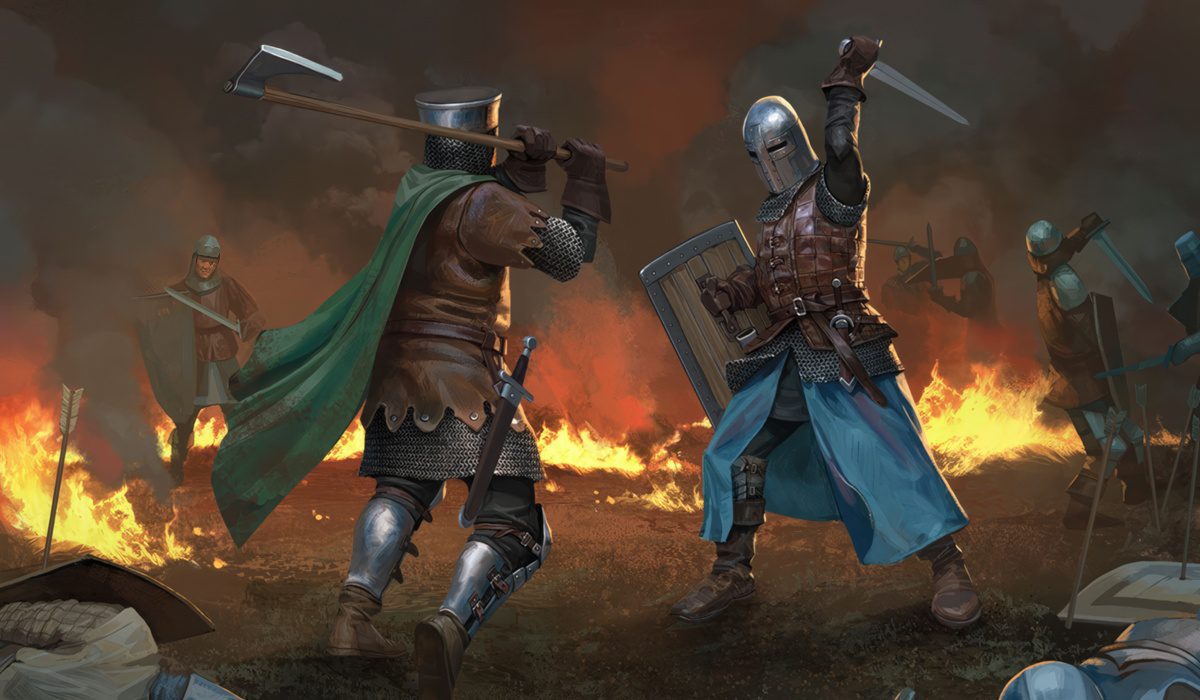
Axes and swords are among history’s most popular weapons, wielded across cultures—from ancient Egyptian pharaohs to Viking raiders and Japanese samurai. While the axe evolved from a tool into a weapon, the sword began as a ceremonial item symbolizing rank before becoming a weapon of war.
This article explores the design of the axe and sword, analyzing their differences, effectiveness, historical backgrounds, and to determine which reigns supreme in combat.
Axe and Sword Differences
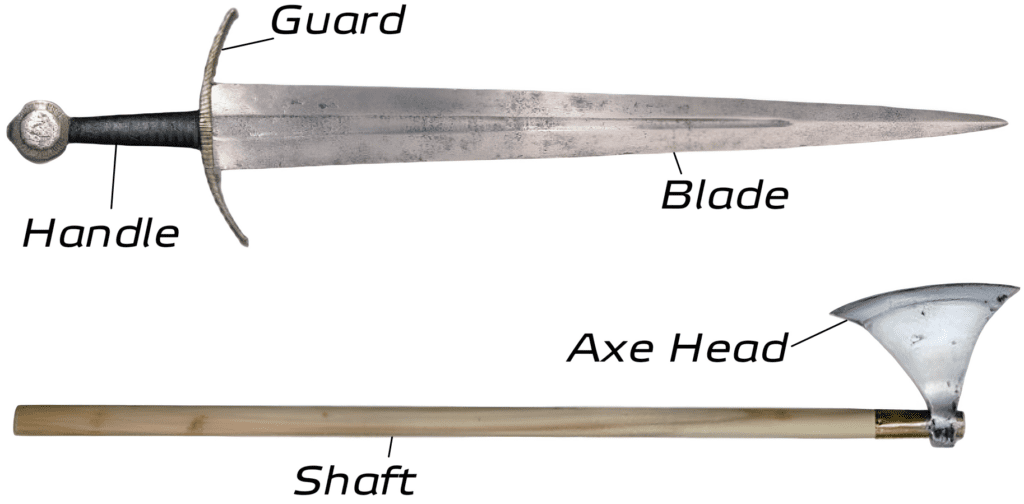
Axes consist of two main parts: a one- or two-handed wooden shaft and a steel axe head mounted at the end. The concentrated weight at the top helps for powerful, downward attacks.
Swords, also with a one- or two-handed handle, have a guard and straight or curved single- or double-edged blade used for cutting or thrusting.
Sword vs Axe: Combat Showdown
| Criteria | Axe | Sword |
|---|---|---|
| Power & Precision | High impact and powerful; less precise | Less powerful; more precise |
| Chopping Ability | Excellent | Moderate |
| Thrusting Ability | Limited | Excellent |
| Maintenance | Easier to maintain | More upkeep |
| Production Cost | Cheaper | Generally more expensive |
| Learning Curve | Faster to learn | More training needed |
| Durability | Very durable | Less durable |
| Effectiveness Against Armor | Effective due to high impact | Good for thrusting through armor or armor gaps |
| Utility | Usable for various tasks | Mostly for combat |
| Combat Versatility & Adaptability | Limited | Good |
| Speed & Maneuverability | Slow and less maneuverable | Fast and highly maneuverable |
Advantages of the Axe in Battle
Axes are powerful chopping weapons with a heavy steelhead that can deal more damage than a sword to any target. Cheaper and easier to master, it is ideal for equipping large untrained groups.
Although the wooden shaft and axe head are not particularly agile, they are extremely durable and even when unsharpened, are highly effective against wooden shields and mail-armored opponents due to its powerful strikes.
Advantages of the Sword in Battle
Swords are versatile, allowing a skilled fighter to slash, cut, and thrust at higher speed and precision from many angles. Generally lighter than axes, their balanced weight allows for better maneuverability and accuracy, making them effective in various combat situations, be it on a battlefield, horseback, tavern, or in a duel.
HEMA fighter Dequitem explains that (certain) swords are nimble enough for fast stabs to the visor and armor gaps and half-swording techniques transform it into a powerful weapon that can pierce between armor plates.
With various offense and defense techniques available, swords are also ideal for self-defense, as they can be easily carried.
The Superior Weapon? – The Sword

Axes and swords have different strengths, but in a one-on-one battle, the sword typically holds the advantage due to its superior versatility. Its design not only gives it a reach advantage, but can also be effective in close combat, transitioning seamlessly between slashes, cuts, and thrusts—all while maintaining better control and speed over the axe.
While swords have a higher production cost and require more time to master, they ultimately outperform axes in effectiveness and versatility—an advantage evidently seen in training matches, duels, and the limited presence of the axe in historical martial arts treatises.
Historical Weapon of Choice: Axe or Sword?

Historically, the axe was the more popular weapon, dating back to the Stone Age while swords only emerged around 5,000 years ago. Archaeological finds suggest that axes were still more commonly used even after the sword’s appearance and that swords were linked to wealth and status.
Jason Kingsley, researcher of historical arms and producer of Modern History TV, notes, “The sword may not have been the most effective battlefield weapon for quite some years, but it represented manhood, wealth and status.”
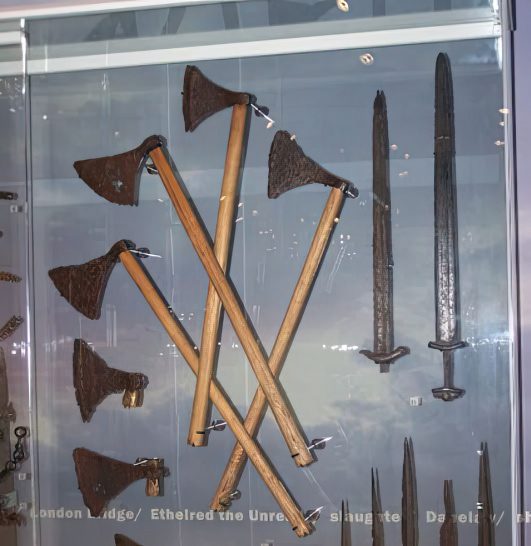
The axe was a “people’s” weapon, familiar as a daily tool and affordable for all to wield. While it lacked the refined technique of the sword, the axe was a practical, cut-and-chop weapon that served well in many battles.
